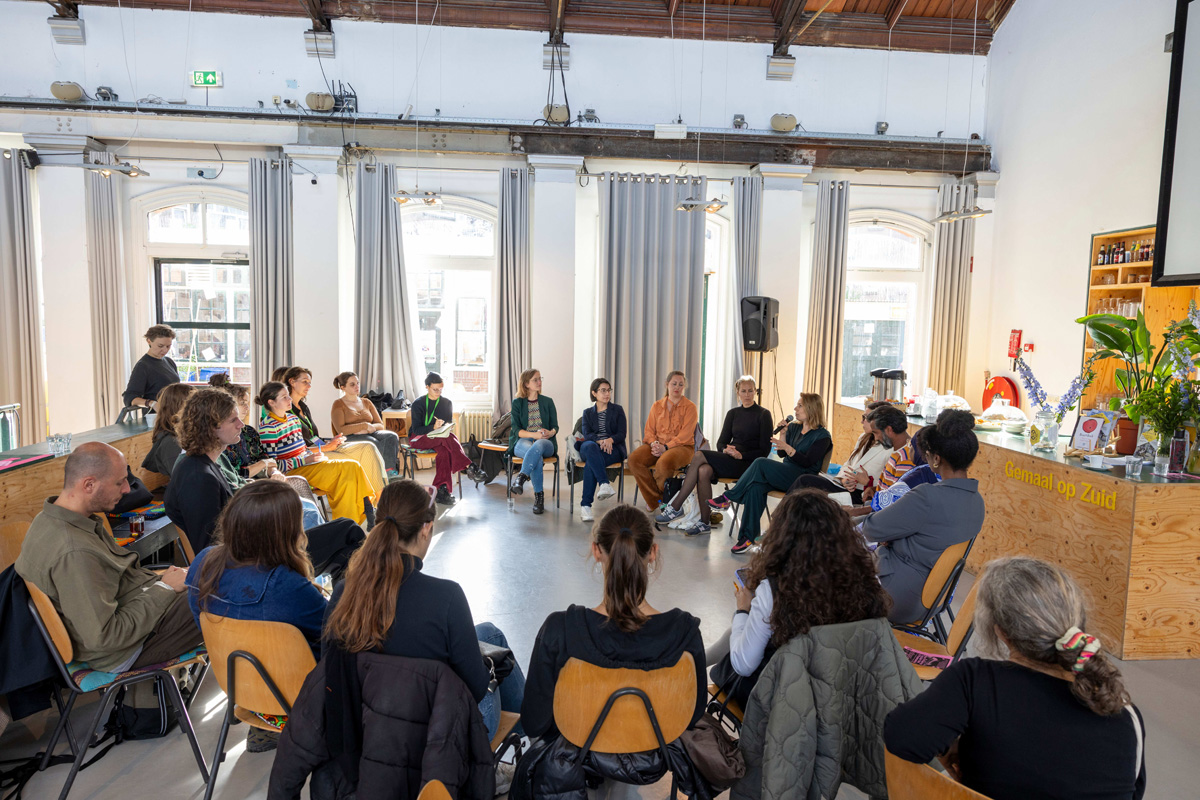Citizen assemblies are a deliberative democratic tool in which a diverse group of individuals from a specific territory comes together to learn about, discuss and develop recommendations on an issue of public relevance.
Participants are selected through a civic lottery that randomly selects individuals who reflect the community’s demographic composition. These participants are given the time, information and support they need to understand the issue and engage in constructive dialogue. Together, they develop well-reasoned proposals or solutions to the issue at hand.
The process ends with a set of recommendations agreed upon by consensus or a broad majority. The government or public body initiating the process previously commits to seriously considering and acting on the assembly's conclusions.
